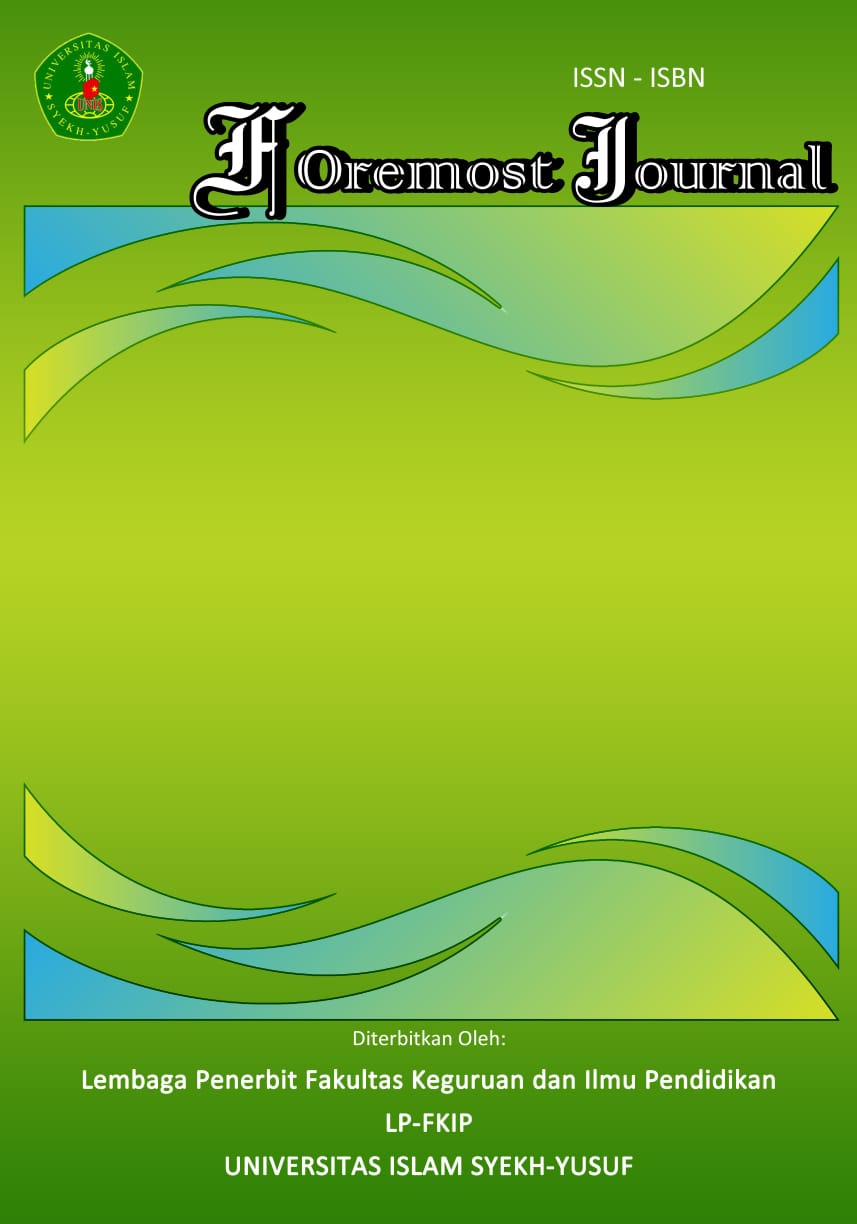The Effort of Improving Grammar Mastery Through Wordwall Unjumble Sentence
DOI:
https://doi.org/10.33592/foremost.v5i2.5136Keywords:
Grammar; Unjumble Sentence; WordwallAbstract
Teaching grammar should be enjoyable to inspire students to achieve better results. Teachers need to recognize that today's students are digital natives who are adept at utilizing technology for learning enhancement. This research aims to explore how the use of the unjumble sentence feature on Wordwall can improve students’ grammar mastery. Classroom action research was employed in this study. The subjects of this research were five students, which consisted of two males and three females, aged between 13-15 years. The instruments used in this research were observation and test. After the implementation of Wordwall in Cycle 1, The findings indicated that initially, 60% of students met the Minimum Criteria of Mastery in Cycle 1, which increased to 80% in Cycle 2. The findings demonstrate that Wordwall unjumble sentence significantly enhanced grammar mastery by making learning more interactive and engaging.
Downloads
Published
How to Cite
Issue
Section
License
Copyright (c) 2024 Foremost Journal

This work is licensed under a Creative Commons Attribution-NonCommercial-ShareAlike 4.0 International License.
- Authors certify that the work reported here has not been published before and contains no materials the publication of which would violate any copyright or other personal or proprietary right of any person or entity.
- Authors transfer or license the copyright of publishing to Foremost Journal to publish the article in any media format, to share, to disseminate, to index, and to maximize the impact of the article in any databases.
- Authors hereby agree to transfer a copyright for publishing to Foremost Journal a Publisher of the manuscript.
- Authors reserve the following:
- all proprietary rights other than copyright such as patent rights;
- the right to use all or part of this article in future works of our own such as in books and lectures;
- use for presentation in a meeting or conference and distributing copies to attendees;
- use for internal training by author's company;
- distribution to colleagues for their research use;
- use in a subsequent compilation of the author's works;
- inclusion in a thesis or dissertation;
- reuse of portions or extracts from the article in other works (with full acknowledgement of final article);
- preparation of derivative works (other than commercial purposes) (with full acknowledgement of final article); and
- voluntary posting on open web sites operated by author or author’s institution for scholarly purposes, but it should follow the open access license of Creative Common CC BY-NC-SA License.



